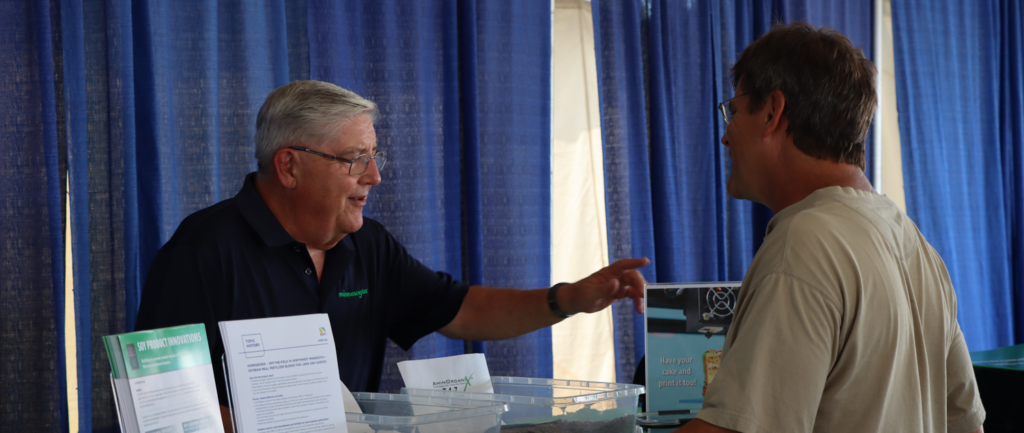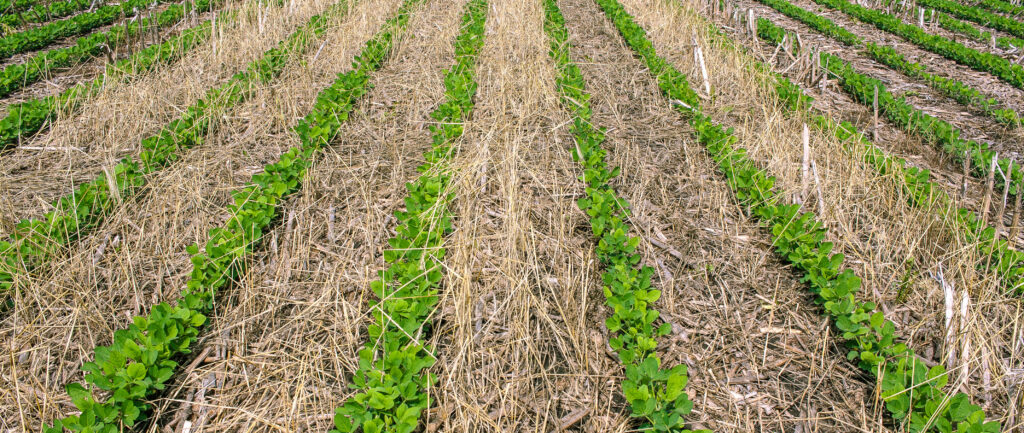There are plenty of agronomic incentives to plant cover crops this fall. But for fields infested with soybean cyst nematode (SCN) there’s one watch-out: Don’t feed the nematodes.
“If you have SCN in your fields, we encourage you to consider cover crops that are nonhosts and poor hosts for SCN,” says George Bird, Michigan State University nematologist and leader of The SCN Coalition. “It’s the single most damaging pest in North American soybeans, and once it’s in your fields, you can’t eliminate it completely, but you can manage it.”
Researchers from The SCN Coalition have compiled this list of cover crops that are suitable to grow in SCN-infested fields without fear of providing a host for the nematode. The list is based on the results of checkoff-funded research published by Iowa State University and North Dakota State University. Work with your crop advisors and local experts to decide what’s best for your situation.
Legumes (nitrogen-fixing) that are poor hosts or nonhosts for SCN:
Alfalfa
Austrian winter pea
Berseem clover
Cowpea
Crimson clover
Hairy vetch
Peas
Red clover
White clover
Researchers at North Dakota State found slightly higher SCN reproduction on Austrian winter pea, hairy vetch and field peas than what Iowa State scientists found, but reproduction was low in both studies.
Grasses and cereal grains that are poor hosts or nonhosts for SCN:
Annual ryegrass
Barley*
Cereal rye
Oats*
Wheat*
*From the SCN Management Guide 5th edition
Brassicas (radishes, cabbage, mustards) that are poor hosts or nonhosts for SCN:
Canola
Daikon-type radish
Mustard
Oilseed radish
“There’s even been some discussion of planting field pennycress – also in the Brassica family – as a cover crop,” Bird says. “But a word of warning: Research from Purdue University showed that field pennycress is a moderately good host for SCN. Reproduction of the nematode on field pennycress could lead to increases in SCN population densities.” Do not grow pennycress as a cover crop in SCN-infested fields.
Checkoff-funded cover crop research
The United Soybean Board, North Central Soybean Research Program and several state soybean boards are supporting research on cover crops and SCN. There’s no published research yet showing that cover crops can consistently reduce SCN populations.
“The problem is, SCN eggs in their mother’s protective cyst can remain viable in the soil for more than a decade,” Bird says. “So we’re also looking at new approaches, including biological controls and trap crops, which are crops that attract nematodes but aren’t suitable hosts.
“For the past five years, my laboratory at Michigan State University has been searching to discover the first trap crop for SCN. We hope that our 2019 fall-planted cover crop, followed by a 2020 soybean crop, will identify the first true trap crop for SCN.”
Lastly, Bird reminds farmers that all varieties of the same cover crop are not created equal. “Select the best variety to meet your objective and manage it to achieve your objective. Specific details about using cover crops in SCN-infested fields in your area can be obtained from your state Extension nematologist.”
About The SCN Coalition
The SCN Coalition is a public/checkoff/private partnership formed to increase the number of farmers who are actively managing SCN. Our goal is to increase soybean farmers’ profit potential and realize higher yields. Partners in The SCN Coalition include university scientists from 28 states and Ontario, grower checkoff organizations including the North Central Soybean Research Program, United Soybean Board and several state soybean promotion boards, and corporate partners including BASF, Bayer, Pioneer, Growmark, Nufarm, Syngenta and Winfield United.







